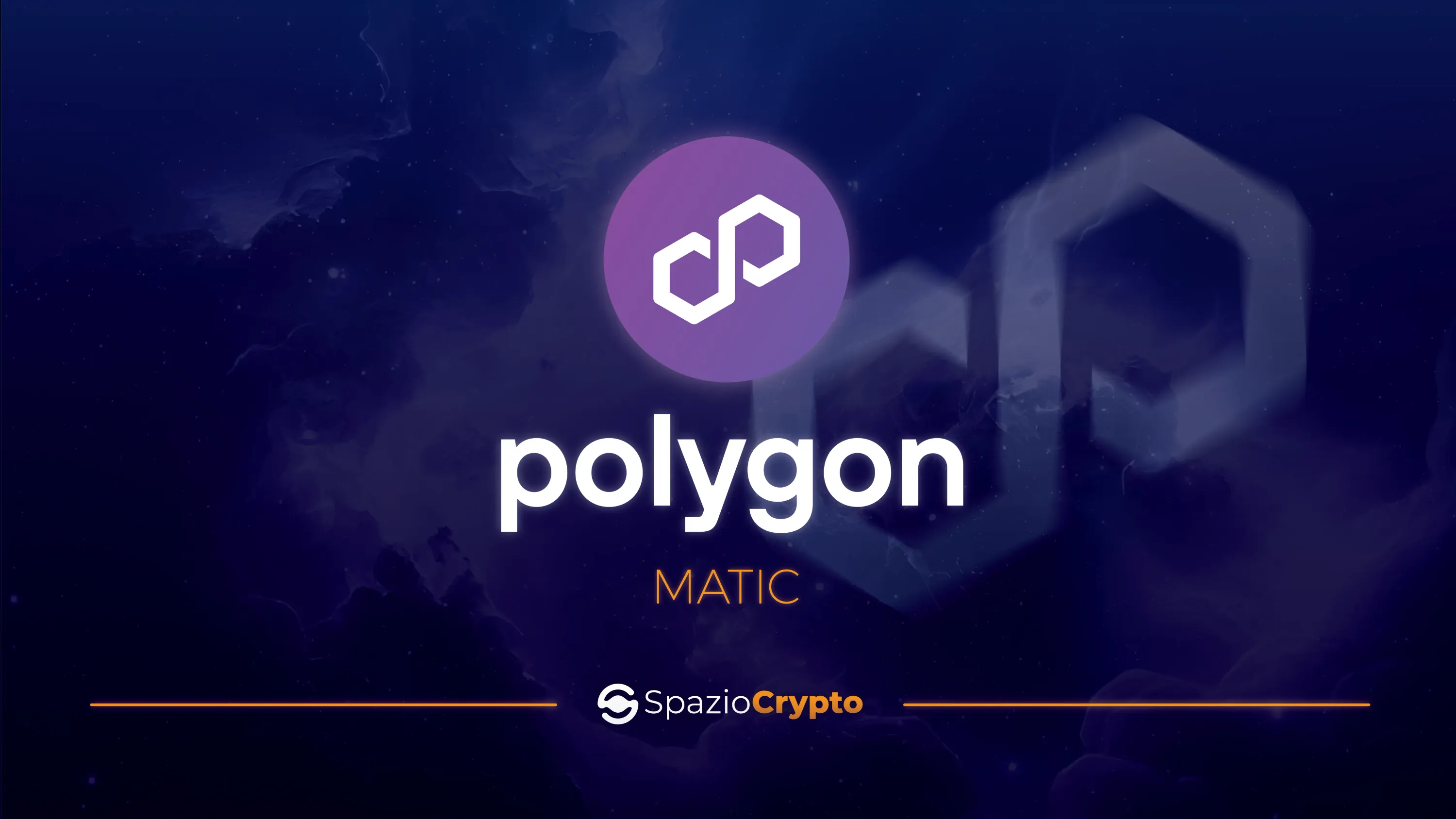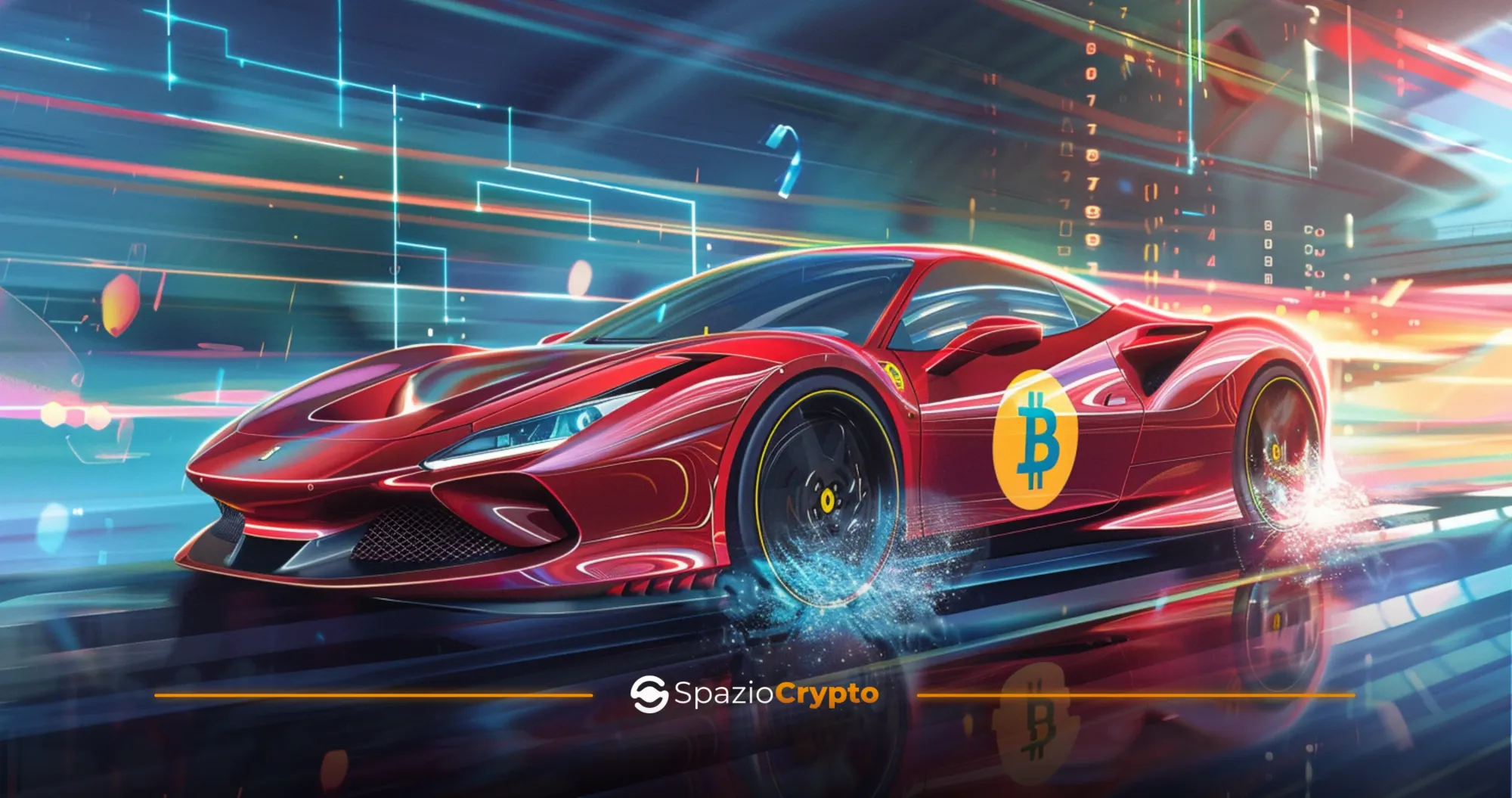Over the years, Ethereum has brought a number of wonderful innovations to the cryptocurrency world: smart contracts, decentralised applications and NFTs. However, it has 3 major problems.
- The first concerns the low number of transactions per second supported (TPS), in fact, Ethereum can handle around 30 tps. An excessively low number, considering the huge number of users on the network. Also because many other alternative layer 1s guarantee a higher number of TPSs, Cardano supports 257, Polkadot reaches 1000 transactions per second and Solana, which we have analysed in detail, reaches 65,000 TPS.
- The second major problem concerns the ease of use for users. Ethereum's low TPS results in an auction among users in order to execute the transaction that offers the most. In fact, ethereum's gas fees are traditionally expensive.
A third problem concerns the limit of options available to developers, who have to adapt their applications to a chain that supports such a limited number of TPSs.
But what if I told you that there is a blockchain that uses Ethereum's technology, but also offers a high number of TPSs and very low transaction fees?
Welcome to this new article in our Crypto Guide, in which we will dive into Polygon's technology! Together, we'll explore the features and potential of this Blockchain.
Genesis of Polygon: From Origins to Innovation
In 2016, three Indian developers tried to find a solution to Ethereum's problems, creating what was then the Matic Chain, which is now renamed Polygon Network. Although the rebranding took place back in 2021, as of today the coin's ticker remains $MATIC, although a change of ticker to $POL is already planned.
Some define Polygon as a layer 2, others as a sidechain. Ultimately, Polygon is a scalability solution to its Layer 1 Ethereum, which wants to solve those problems we mentioned at the beginning, by leveraging its security. In fact, Polygon is an EVM-compatible chain.
Architectures and solutions that have formed the dna of Polygon
Now, what does EVM mean?
EVM stands for Ethereum Virtual Machine, which is the code that is used by computers to run smart contracts on the Ethereum blockchain. By using the same code, it is easy for developers to 'copy and paste' Ethereum applications onto other compatible EVM chains, which will work in the same way, without having to change much.
Polygon is not a Layer 2 like Optimism or Arbitrum, but it has a set of validators that serve precisely to validate transactions, in fact, more of a sidechain than a Layer 2. It is based on a Proof of Stake consensus mechanism. It has a limited number of validators (105) which makes the network much lighter and faster than Ethereum's, which guarantees more TPS and much cheaper transactions.
Polygon is actually much more than a sidechain. The fundamental idea behind the technology is to equip developers with flexible and easy-to-use tools in order to make Ethereum a 'multichain platform'. Put simply: Polygon is not just a PoS chain, but a series of blockchains that can help scale Ethereum. When they achieve this, developers will be able to create different scaling solutions for use with Ethereum, such as separate chains like zk rollups, optimistic rollups or sidechains. There are various ways in which data can be 'joined' and space can be saved on ethereum's main chain. Polygon's chain is one of them. In reality, Polygon wants to create several solutions.
So, to summarise briefly: Polygon is basically Ethereum, but with low fees. In fact, transactions cost less than a cent. This incentivises users to test new dApps and experiment on chains without the fear of spending huge amounts of money.
Proof of Stake on Polygon: Transforming Security and Efficiency in the Blockchain
Polygon acts as a layer 2 solution, with a Proof of Stake consensus system, which works like an Ethereum commit chain. A commit chain works as a transaction network operating close to the main layer, where transactions are grouped into clusters and processed together before sending the data back onto the Ethereum chain.
To give an example: instead of sending the video of an entire football match, only the goal highlights are sent onto the chain, in order to ensure ethereum understands what happened during the match, but without processing a large amount of data.
Polygon manages 65,000 TPS, if the team could provide the right tools to build equally high-performance chains, Ethereum's ecosystem would be able to handle millions of TPSs.
Tokenomics by Polygon: In-depth Analysis of the Economic Model That Supports the Ecosystem
Let's take a look at tokenomics. Polygon's network has its own native coin, called Matic. It has a total supply of 10,000,000 pieces and a circulating supply of more than 9,200,000 pieces. The remaining coins incentivise the staking, so it is currently an inflationary coin.
Polygon has implemented the Ethereum EIP1559 update, which provides for a 'base transaction fee' burn. This means that MATIC could, with a lot of chain usage, become deflationary. By the time all MATICs are in circulation, the team is convinced that the additional fees, beyond the base fee, will be sufficient to incentivise validators to continue doing their work.
Polygon 2.0: Revolutionizing the Blockchain Ecosystem with Epochal Modifications
Well, if it were 2021, this article would end like this, even with some perplexity about the last sentence. Fortunately, the advent of new scaling technologies can only force the polygon team to promote innovation. In fact, the network is experiencing a real moment of transition. The team is devoting itself to the construction of new chains, purely zkEVM, in order to build a true network of chains geared towards the scalability of ethereum. The token MATIC will undergo significant changes that will make it more suited to the team's new vision, a new tokenomics and new utilities, and even a new ticker: POL!
Polygon would indeed seem to be a done and done project. The chain works, the users are there and MATIC is well capitalised. In fact, it has been a while, about two years, since the team has been heard from to bring out one of its new features. The main reason is that they were looking for novelty! In fact, during these months of silence, numerous projects have been tested, to name a few:
- Different blockchain architectures: sidechains, rollups, validiums, etc.;
- Multiple approaches to building ZK-based execution environments: type 1-3 of zkEVM, Polygon Miden;
- Multiple blockchain clients: Polygon Edge, existing Ethereum clients and custom clients such as the one currently used by Polygon zkEVM rollup;
- Various solutions for other parts of the stack, e.g., cross-chain messaging, staking, etc..
From all this, the polygon team comes out with a wealth of new knowledge and awareness. Now it is time to filter the ideas and consolidate the best ones. Welcome to Polygon 2.0!
Incisive Novelties: The POL Token, the Revolutionary zkEVM and Her Network
Let's start with the easiest to understand novelty, the tokenomics of $POL.
POL will not have the 10,000,000 token cap, but will reasonably continue to have 2% inflation each year. The 1% will go to reward the "validators" and the other 1% will flow into the nascent community treasury in order to support the development of the ecosystem.
The current PoS chain, the one described at the beginning of this article, will itself become a Rollup (validium),
as it already has a set of validators, these will become the sequencers, making the current Polygon PoS the first true Rollup with a decentrally governed sequencer. Thus, it will no longer be a sidechain that writes 'checkpoints' every 30 minutes on the Ethereum chain, but will write zk proofs, which are much lighter and almost impossible to manipulate.
Polygon has developed its Zk CDK (Zero Knowledge Chain Development Kit), i.e. a tool that simplifies the construction of zkEVMs, which can be used by anyone who wants to set up such a chain.On the other hand, the new chains built will be based on an 'interop layer' that will make them interoperable with each other (without having to go through Ethereum) and also on Polygon's set of validators through a native restake system, obviously according to the rules that the developers of that chain have decided, limited to the limits set by the kit provided by Polygon.
This guarantees POL validators new revenue:
- POL from inflation;
- Fees paid by users of the various chains
- Various incentives proposed by the chains to attract validators.
Among the first zkEVM chains built thanks to polygon's kit is that of ImmutableX, which is however still in testnet.
Polygon's main goal is to create a network of interoperable blockchains based on Polygon's set of sequencers. This initiative aims to ensure shared security and unfragmented liquidity among the different scaling solutions currently available on the market. However, it is important to note that this scenario is still under development and many of the changes announced by Polygon may yet manifest themselves.
Conclusions of Polygon between bold ambitions and uncertain challenges in the future of blockchain
Currently, Polygon is communicating numerous updates and the details that have been exposed may be subject to change. Given the limited availability of official documentation and announcements, fully assessing the quality and potential of the project can be complex. However, the continuous communication of changes and developments suggests that closely following Polygon's evolution may prove interesting.
In spite of the ambitious nature of the project, driven by a competent and experienced team, there is a possibility that it may achieve its goals. It remains to be seen how future developments will unfold and how Polygon will cope with the challenges of pursuing this vision of an interoperable blockchain network and, above all, of being able to make it all sufficiently user friendly. Here at Spaziocrypto we will endeavour to follow every development and report every update promptly, with the quality that sets us apart. Stay with us for an ongoing and in-depth informative journey into the heart of Polygon's developments and the crypto landscape!








